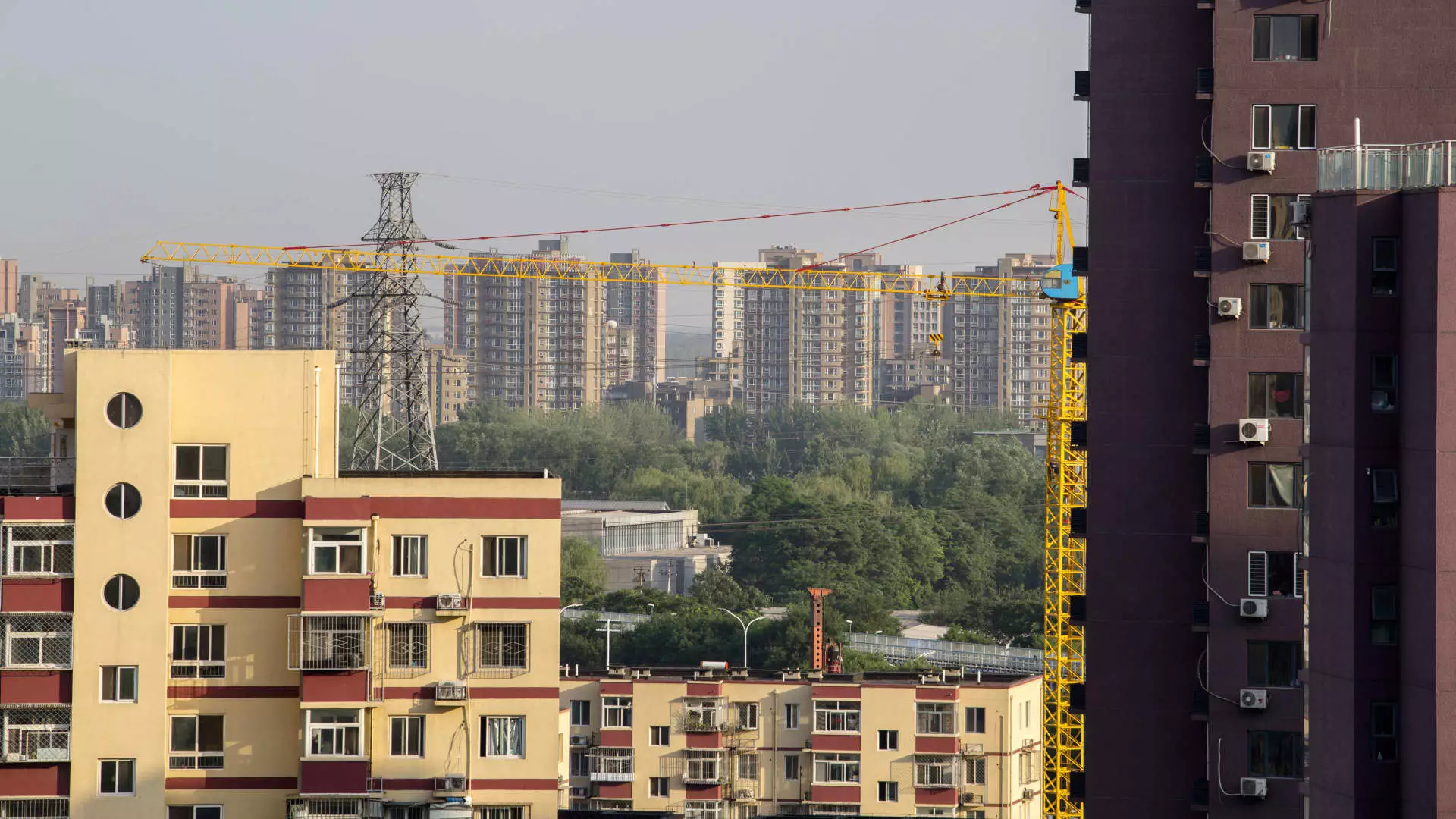The Chinese real estate sector, a cornerstone of the country’s economy, has been under considerable duress in recent times. For years, the property market propelled economic growth by generating significant investment, employment, and consumer spending. However, recent downturns have led to dwindling investments alongside growing financial strain on households due to rising loan costs. In response to these alarming trends, Chinese financial regulators recently introduced a series of monetary easing measures aimed at revitalizing this critical market.
In a high-profile press conference, the governor of the People’s Bank of China (PBOC), Pan Gongsheng, unveiled significant changes intended to ease the burden on families and stimulate market recovery. The introduction of a 0.5 percentage point reduction in interest rates for existing mortgages is particularly noteworthy, as this aims not only to reduce monthly obligations for borrowers but also to increase disposable income. Furthermore, adjustments to down payment requirements for second homes from 25% to 15% represent a strategic move to encourage investment activity in a market that has increasingly begun to favor liquidity and affordability.
Following the announcement, there was an immediate and pronounced reaction from financial markets, epitomized by the Hang Seng Mainland Properties Index, which surged by up to 5%. This rally reflected investor optimism and the hope that regulatory shifts might restore confidence in the beleaguered property sector. Significant gains were noted among key players in the real estate market, including well-known companies such as China Resources Land, Longfor Group Holdings, and China Overseas Land & Investment, whose stocks saw gains of 4.49%, 4.57%, and 5.41%, respectively.
Despite the positive market response, there remains skepticism regarding the long-term efficacy of these measures. Analysts caution that while lowering mortgage rates and down payments might alleviate household financial burdens, they may not be sufficient to stimulate demand for new homes. William Wu from Daiwa Capital Markets pointed out that existing loan rate cuts would likely do little to spur new property purchases. Such sentiments reflect a broader concern that while the measures offer immediate relief, a full-fledged recovery in the housing sector may face considerable headwinds.
Beyond the immediate monetary easing, the root causes of the property market’s malaise warrant scrutiny. Historically, China’s property sector has operated in a growth-oriented framework, making it susceptible to fluctuations in consumer confidence and economic stability. Although recent regulatory measures may provide temporary relief, they do not address ongoing structural challenges such as oversupply in certain markets, rising construction costs, and a general disinterest in suburban developments.
Moreover, industry experts like Bruce Pang from JLL have highlighted that a meaningful recovery will require more holistic approaches that extend beyond merely easing mortgage rates. Effective and timely support for developers is imperative, as is the encouragement of investment and construction activities. The call for comprehensive emergency measures reflects the urgency of addressing these systemic issues, which have contributed to a steep decline in property-related investments, reportedly down by more than 10% in the first eight months of the year compared to the previous year.
Looking towards the future, additional initiatives are reportedly under consideration. Reports suggest that the Chinese government is contemplating plans that would enable homeowners to renegotiate their mortgage terms before the start of the new year. This could open the door for refinancing options that have been unavailable for several years, potentially easing financial strain for many households.
Overall, while the latest monetary easing measures represent a proactive step by Chinese regulators to stimulate the economy and restore confidence in the property market, the complexity of underlying issues cannot be ignored. As stakeholders navigate this challenging landscape, the expectation remains that comprehensive, diverse strategies will be required to foster a sustainable recovery in China’s property sector. Only time will tell if these measures will catalyze lasting improvements or if they will be viewed as temporary fixes to a much deeper problem.

